Some things need to be seen to be believed, while others need to be believed before they can be seen.
During the planning sessions for our recent Continuous Improvement in Healthcare Conference at the Cleveland Clinic, we were discussing the logistics of our optional Gemba day visit for our guests.
Earlier this year, we hosted approximately 50 people from member organizations in the Healthcare Value Network during a Gemba visit. We selected six sites to visit, broke the larger group into 6 smaller groups and established a golf tournament “shotgun” start process that had each group starting at a different location, then rotating counterclockwise through the series of 6 locations throughout the day. We even added a visit to one of our regional hospitals one week prior to the event, requiring a 30 minute shuttle drive.
The day came off without a hitch and the best words I heard all day were from a participant who said “We haven’t seen any of the other groups!”. To me, that indicated success, because we designed the process to keep the groups apart. If they had seen each other, it would have meant that our Gemba guides or host locations had not met their takt time. Everyone had a full day and made it back to where they belonged at the end of the day. We received very positive feedback on the planning and logistics.
So when we started to plan the Gemba visit for our recent Conference, everyone wanted to use the same process. Why mess with success? However, things were different this time. Instead of a full day, we only had a half day. We also were planning on hosting up to 72 people vs. 50. One other big difference, we were asking people to pay to see our sites, while the HVN Gemba visit represented an obligation on our part to share with other member organizations. As a result, we needed to ensure that the visit was value-added.
Since we only had time for 3 site visits, planning team members suggested we establish 3 routes and force participants to choose a pre-determined set of sites. None of us felt qualified enough to guess on how to group 3 sites together to satisfy everyone. So how to manage the logistics of such a visit? Additional constraints included keeping the group size to below 12 participants, while offering enough locations to accommodate up to 72 people.
We choose a “FedEx” hub and spoke process. Participants would be given their choice of 3 of the 6 available sites and rather than rotating people from site to site, we would gather in a central location, send people out to their sites, then bring them back to the central location, shuffle, then go back out.
Participants received a name tag with their color-coded choices for their 3 gemba sites. We posted color-coded Gemba signs in the Gemba central hub location and when every group had returned to the central hub, we asked everyone to “shuffle” for their next site. Gemba guides also had color-coded name tags to help with the proper identification of the location of the tour.
As we gathered at the start of the day, everyone was anxious to see how the “Gemba Shuffle” would work. Participants signed in, received their name badges and we gathered in a conference room to explain the logistics of the day. Once we explained the process, everyone went to the hallway to find their group for their first gemba stop. Gemba guides were given a list of people scheduled for each time slot and checked off participants as they gathered. Once they accounted for everyone, the gemba guides set forth on their journey while we sat back and awaited to see if everyone returned on time. As the first groups started to return, our focus shifted to seeing if the “shuffle” would occur without a hitch. While attendees were waiting for their next trip, we provided “posters” of improvement projects that our CI group had worked on throughout the year to showcase some of our work. Attendees found the posters an interesting distraction while waiting. At the appointed time, I made an announcement that it was time to “shuffle” and report to their next Gemba station. People moved, assembled at the right location and went off to visit their second site. The process repeated one more time and everyone ended up seeing what they wanted to see and no one was lost.
It worked!
Benchmarking is necessary sometimes in order for people to see a process work before they believe that it will. Other times, proper planning and thinking through a process are required before the end results can be seen. The key is to not blindly try to replicate a successful tool or system, rather, understand the problem that the tool or system is trying to solve, then adapt, don’t adopt to your current problem.
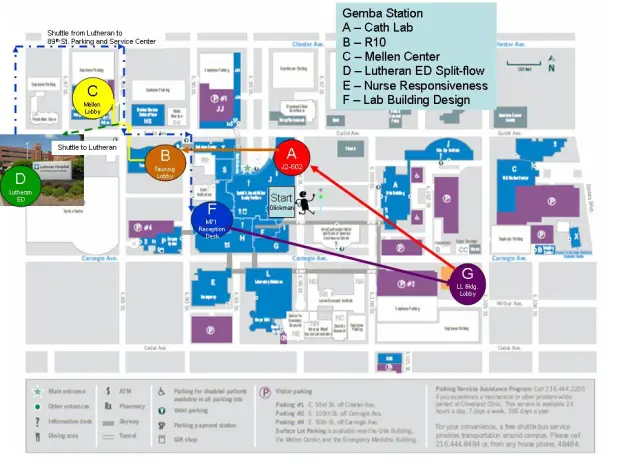
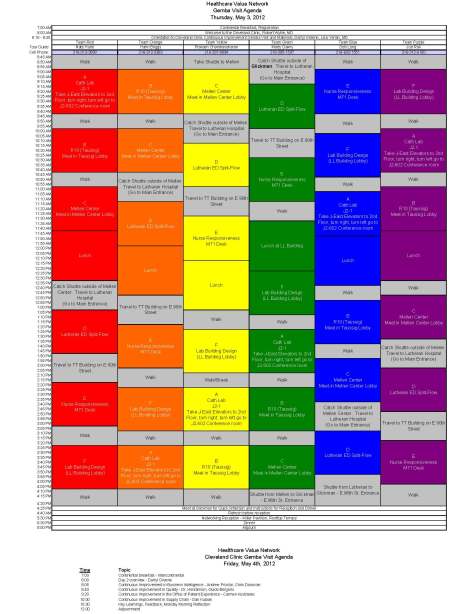
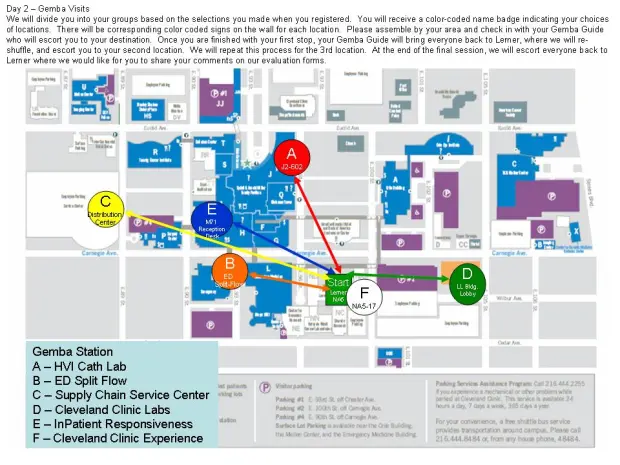
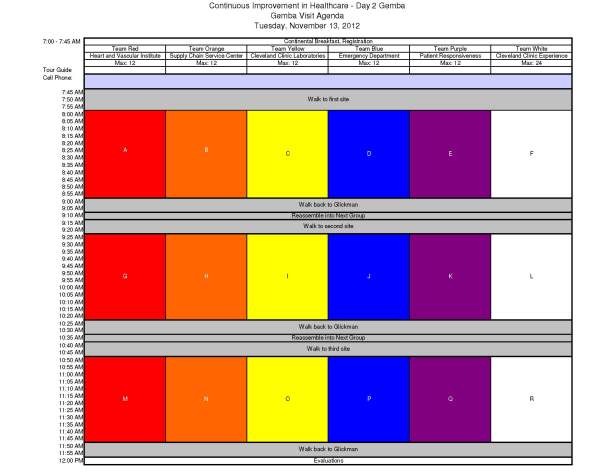
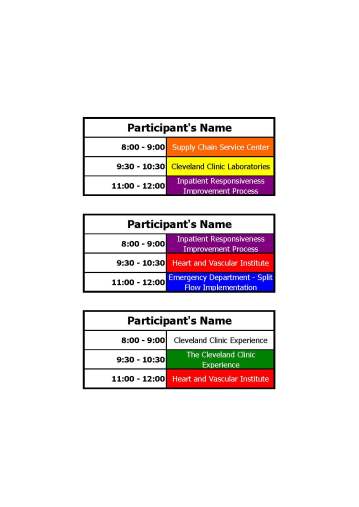
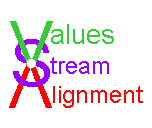

#1 by William Ryan on December 4, 2012 - 10:11 am
Hi Tim you probably do not remember me but I remember and see you often on LinkedIn…I like your hard work and read your VSA Gemba Walk,Adapt Don’t Adopt was very good insight and lessons for all. While I was at Ford Romeo Engine we used Gemba or Fresh Eyes to watch over things often at a distance or in disguise. I know most auditors do a walk through and see things that we don’t often but we use to watch over each others line and report back happenings and events that would other wise go unnoticed or detected…You probably can imagine what people will do sometimes when they think nobody is watching…Anyhow I just wanted to give you another aspect to Gemba and to thank you for your final paragraph summary about benchmarking and adapting and not adopting. Although I know you could and should elaborate much more in the final summary on these issues in greater detail…See you around old boy and hope you have a nice holiday season…One last thing is if you ever need my $.02 I would always be willing to help in any way as I still look for employment in the lean arena…All the best,Bill Ryan.
#2 by valuesstreamldr on December 4, 2012 - 10:31 am
Hi Bill,
Thanks for your comment. I do remember you and the good work that was accomplished at Romeo. You guys did some very impressive work at that plant. I had the opportunity to visit several times and see the workplace organization and other in-station process controls you implemented. Your team structure also was very progressive for Ford at the time and we in Cleveland learned a lot from you.
Speaking of Gemba visits…while at Cleveland Engine Plant 2, we started getting a number of requests for tours immediately after winning the Shingo Prize in 1996. Employees started to complain that we were spending more time hosting tours than we were building engines. (something I’m sure you can appreciate being from Romeo). My advice to them was to appreciate the interest now and accept the pain, because it kept us on our toes (it was similar to having frequent house guests that keep you constantly cleaning and updating). I remember telling people that the pain associated with the tours now will be nothing like the pain when nobody wants to visit, because that would indicate that we have nothing worth seeing.
Keep in touch!
Tim